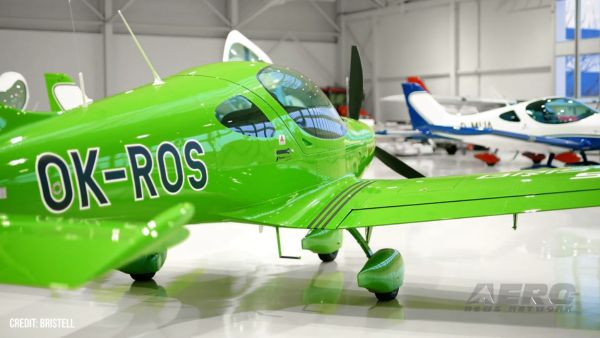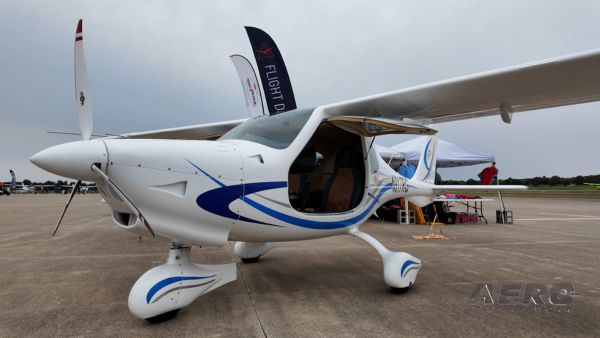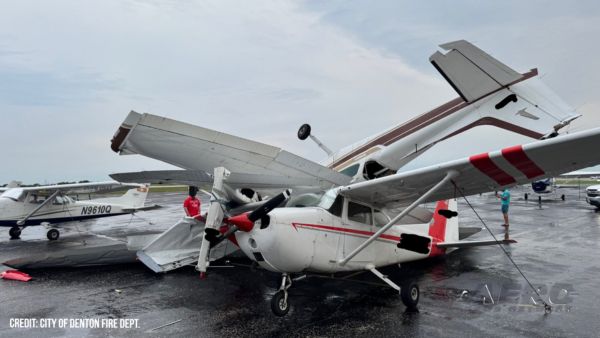Santa Clara Glider Installed in Crownair Lobby
A replica of American inventor, physicist, engineer, and aviation pioneer John Joseph Montgomery’s Santa Clara glider was recently installed in the 25-foot-high lobby of Crownair Aviation’s facility on San Diego’s Executive airport (MYF)—formerly known as Montgomery Field after …
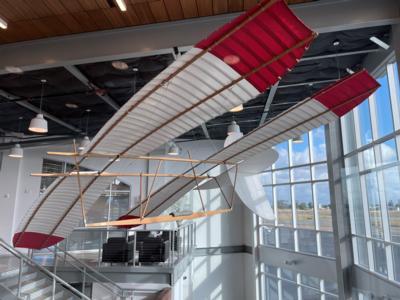
The replica glider is on loan from the San Diego Air & Space Museum.
Best known for his pioneering work on aircraft flight controls, Montgomery—by virtue of a protracted series of glider experiments conducted throughout the 1880s—devised architectures that would evolve into the ailerons, elevators, and trailing-edge flaps integral to modern aircraft.
In the early 1880s Montgomery undertook a comprehensive anatomical study of large, soaring birds for purpose of fathoming their respective morphologies and the kinesiological peculiarities secondary to such. Taking note of wing areas, total weights, tail-feather layouts, and curved ventral and dorsal surfaces, Montgomery made detailed observations of birds in flight—in particular, the eagles, hawks, vultures, and pelicans predisposed to soaring on the thermals over San Diego bay.
Constructed over 1883 and 1884, Montgomery’s first glider featured a cambered airfoil based on the curve of the common seagull’s wing. The contraption’s pitch was controlled by an operable elevator. Roll, however, was controlled by the decidedly less elegant means of the pilot shifting his weight from side to side. Yaw was wholly uncontrolled.
From 1893 to 1895 Montgomery conducted further experiments, utilizing smoke chambers and water tables to examine the physics of flow over airfoils and lift generation. By dint of subject experiments, he developed a theory of lift based on vortices—a phenomenon referred to by modern aerodynamicists as circulation theory or lifting-line theory.
In the autumn of 1904 Montgomery conducted tests of a tandem-wing glider to which he ascribed the eponym Montgomery Aeroplane. Piloted by Daniel J. Maloney, an associate of Montgomery’s, the aircraft made several successful flights after the terrifying fashion of being borne aloft by a hot-air balloon and released at high altitude. The resulting glides were well-controlled and lasted up to 13 minutes. News of the flights received attention in both the U.S. and Europe.
On 29 April 1905, Montgomery and Maloney staged a public demonstration of the Montgomery Aeroplane, summarily rechristening the machine the Santa Clara in honor of Santa Clara College—at which Montgomery held a professorship.
In view of hundreds of spectators and members of the press, Maloney released the glider from its hot-air balloon mothership at an altitude of approximately four-thousand-feet AGL. Throughout the ensuing glide, Maloney executed a series of planned maneuvers, concluding the exhibition with a soft landing near the Santa Clara College campus.
The feat earned Montgomery widespread recognition and is generally looked upon as one of aviation’s early milestones. Over the following months, Montgomery, Maloney, and the Santa Clara made numerous exhibition flights throughout the San Francisco Bay area.
Regrettably, on 18 July 1905, Maloney was killed when the delicate glider was damaged during ascent by the rope from which it hung beneath its hot-air balloon mothership. Not realizing the aircraft’s structure was unsound, Maloney released it at altitude, thereby occasioning a lethal confluence of gravity and misfortune.
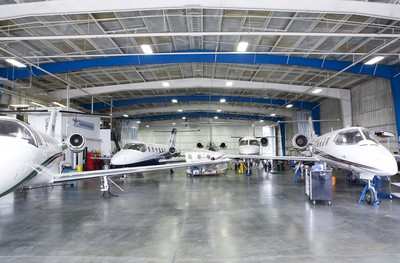
Notwithstanding Maloney’s death, Montgomery persisted in his experiments.
On 31 October 1911, while attempting to land an evolution of the Santa Clara dubbed Evergreen, Montgomery encountered low-altitude turbulence—about which little was known at the time. Displaced from level-flight, Evergreen stalled and fell to Earth. Montgomery died from his injuries at the accident-site. He was interred at Colma, California’s Holy Cross Cemetery on 03 November.
Crownair pilots and passengers passing through the ultra-modern FBO will enjoy viewing the glider and contemplating San Diego’s rich aviation history, and the man whose vision, persistence, and courage gave rise to the magnificent machines by which humankind moves so swiftly and safely across the planet.
 Aero-News: Quote of the Day (09.12.25)
Aero-News: Quote of the Day (09.12.25) First-ever Jetson ONE eVTOL Delivery Goes to Oculus Founder
First-ever Jetson ONE eVTOL Delivery Goes to Oculus Founder Hawaiian Airlines, Honolulu CC Start Mx Tech Program
Hawaiian Airlines, Honolulu CC Start Mx Tech Program Bristell Receives First FAA Part 23 Certification for its B23 Trainer
Bristell Receives First FAA Part 23 Certification for its B23 Trainer Blue Alchemist Successfully Completes Critical Design Review
Blue Alchemist Successfully Completes Critical Design Review


